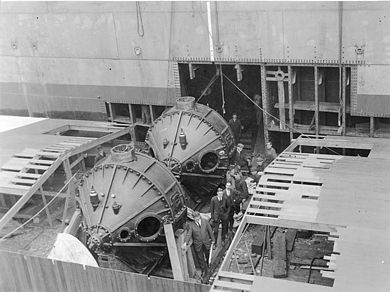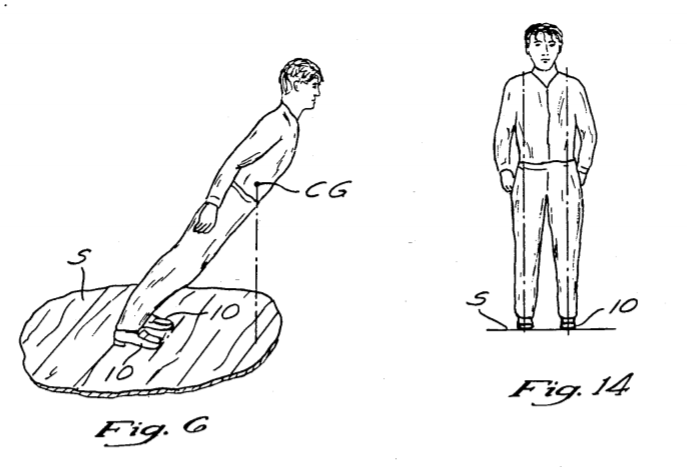Authority
If you don't want a machine to fall, you make it stand up by exerting some authority on it. Shouting is optional.
More specifically, we are talking about turning authority. This is a term that you will only find in three posts in aviation.se and in Kerbal Space Program discussions, but I like it. It refers to how much torque you can impose on a vessel to make it turn in some direction.
There are multiple ways to impose turning authority. On airplanes, you use rudders. But for land vessels, that is not enough. True authoritarianism requires reactionary devices. When you don't like a machine's attitude, you can use Reaction Control Systems:
A reaction control system (RCS) is a spacecraft system that uses thrusters to provide attitude control (...) An RCS is capable of providing small amounts of thrust in any desired direction or combination of directions. An RCS is also capable of providing torque to allow control of rotation (roll, pitch, and yaw).
Or Reaction Wheels.
A reaction wheel (RW) is a type of flywheel used primarily by spacecraft for three-axis attitude control, which does not require rockets or external applicators of torque. They provide a high pointing accuracy, and are particularly useful when the spacecraft must be rotated by very small amounts, such as keeping a telescope pointed at a star.
A reaction wheel is sometimes operated as (and referred to as) a momentum wheel, by operating it at a constant (or near-constant) rotation speed, in order to imbue a satellite with a large amount of stored angular momentum.
Reaction wheels can be really strong. They are used, for example, in cargo ships to keep them from doing rebellious things such as "rolling" (or whatever it is that teenagers call it nowadays):
Ship stabilizing gyroscopes are a technology developed in the 19th century and early 20th century and used to stabilize roll motions in ocean-going ships. Their function is similar to control moment gyroscopes or reaction wheels in spacecraft - they provide rotational stability via production of torque.
Here is a picture of a couple gyros on a ship. They weight 25 tonnes each and were installed on the USS Henderson:
 Source: https://en.wikipedia.org/wiki/USS_Henderson_(AP-1)
Source: https://en.wikipedia.org/wiki/USS_Henderson_(AP-1)
The egghead explanation goes thus, from the same link as above:
The ship gyroscopic stabilizer typically operates by constraining the gyroscope's roll axis and allowing it to "precess" either in the pitch or the yaw axes. Allowing it to precess as the ship rolls causes its spinning rotor to generate a counteracting roll stabilizing moment to that generated by the waves on the ship's hull.
I have tried the same principle in Kerbal Space Program to keep craft from rolling on steep surfaces. Turns out these things negate rotation so well, that ships can stand on one leg even if their center of mass is not supported by that leg. They can stand on very weird angles to the ground as if they were anchored or supported by invisible strings, so long as the gyros keep spinning.
Smooth criminality
Alternatively, each foot can anchor itself to the ground on every step. That way the vessel won't fall even if the center of mass is not over/between its feet.
For this, see US Patent #5,255,452. This patent was awarded to Michael Jackson (Oooo!), which used the concept to perform a dance move made famous through his Smooth Criminal music video (as if the Moonwalk alone wasn't cool enough!). Check the 7:03 mark.


